Next to the Brandenburg Gate, the Berlin Reichstag is not only a landmark of the city, but also one of the most famous buildings in Germany. Every day, thousands of Berlin visitors are drawn there to take a look at the historic building not only from the outside, but also from the inside.
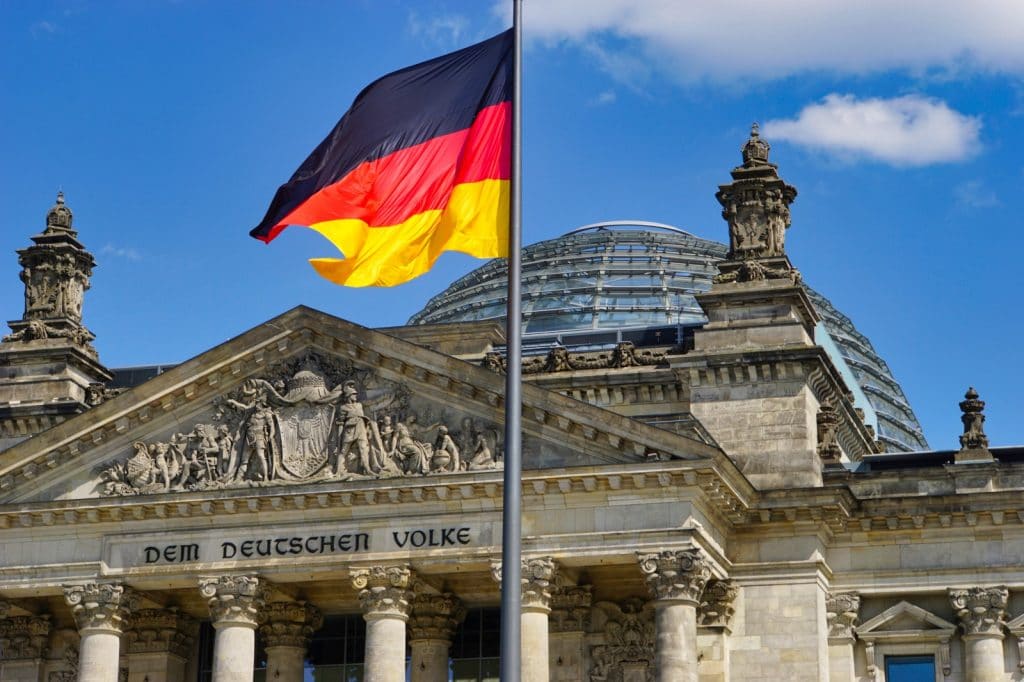
Why does the Reichstag stand where it does and who planned it?
The history of the rich day can be read long and wide everywhere. Here is just some information that illustrates the peculiarity of the building.
After 1871, when not only the representatives of the North German Confederation were represented in the Reichstag, but also the representatives of the South German states joined them, the previously used room in Leipziger Straße was bursting at the seams. So it came about that the Reichstag passed a motion demanding a dignified parliamentary house for the representatives. A commission was commissioned and went in search of a building site, announced an architectural competition and looked for an interim solution for the ongoing operations. This interim solution then had to be used for no less than 23 years.

As it sometimes happens, they quickly found the right plot of land, which was on the east side of what was then Königplatz, but had the misfortune that a palace still stood there. Since the commission hoped that Kaiser Wilhelm I would expropriate the owner, but he did not, one had to wait until 1881, until the owner died and one could buy the land from the heir.
In a competition for the Reichstag design, the winner was the design of architect Paul Wallot, who proposed a building in the neo-Renaissance style. Wallot must have imagined this assignment to be simpler. Various committees, ministries… wanted to have a say in the design and he had to make constant corrections. It is even said that in the end not much remained of his original design.
On 9.6.1884 the foundation stone could finally be laid.
The problem Reichstag dome
The architect Wallot had already been forced to change the building plans several times before construction began. Thus, he had to move the originally planned dome building. The construction progressed and Wallot came to the conclusion that the changes would not be good. He managed to get permission to put the dome in its original place.

Now, however, he was faced with the problem that load-bearing walls had already been erected that could not statically support the stone dome. Fortunately, the civil engineer Zimmermann found a solution. He suggested reducing the height of the dome by 10 meters to 75 meters and choosing a steel and glass construction instead of concrete. This solved the problem and the dome could be erected and the plenary hall received natural light.
The Reichstag stands
5.12.1894 the keystone was laid in a military event. After that, the artistic decoration of the building began. The imperial coat of arms was placed in the gable, the imperial crown on the top of the dome and 16 figures were attached to the corner towers. The intended dedication “To the German people” met with lively debate and so the square remained empty for 20 years. It was not until the First World War that the decision was made to affix the lettering.

Dark clouds over the Reichstag
On Jan. 30, 1933, Hindenburg appointed Hitler Reich Chancellor, who dissolved the Reichstag just two days later. On 28.2.1933, flames burst out of the Reichstag dome at night. The plenary hall and some surrounding rooms were destroyed. Who started the fire has not been clarified to this day.
The Kroll Opera House now served as a parliament building and the dome was provisionally repaired. The destroyed plenary hall was left as it was. The building was now used for propaganda exhibitions. During World War II, the windows were bricked up and the Reichstag was used as an air raid shelter. AEG produced fluorescent tubes there, there was a military hospital and from 1943-45 the gynecological ward of the Charité was housed there. 60-100 people can claim to have been born in the Reichstag.

During the Battle of Berlin, fierce battles took place at the Reichstag. On 30.4.1945 the flag of the 150th Rifle Division of the Soviet Army was hoisted on the roof of the building as a sign of victory. There is a photo that was later recreated that shows this situation and symbolizes the end of the Second World War.
What remained was a destroyed Reichstag. In November 1954, the remains of the dome were blown up to prevent the collapse of the rest of the ruin.
The resurrection
In 1955, the Bundestag decided to restore the Reichstag. The architect Baumgarten was commissioned to lead the reconstruction and by 1973 the Reichstag was completed again. However, there were some changes:
- no dome
- smaller corner towers
- fewer decorative elements on the facade
- the remains of the interior architecture were covered with panels and the room structure was changed
- the plenary hall was enlarged to accommodate all the deputies of a united Germany

At first, the building was mainly used for exhibitions and representative purposes during state visits. Foreign guests could look over the Wall from the outside terrace. Sessions of the Bundestag were not allowed to take place in Berlin under the terms of the 4-Power Agreement.
On October 4, 1990, the first session of the German Bundestag took place in the Reichstag in Berlin, with 144 members of the Volkskammer in attendance.

After the reunion
After the decision was made in 1991 to finally move the seat of the German Bundestag to Berlin, the Reichstag was rebuilt. On September 8, 1999, the sessions could be held in the new plenary hall.

After some back and forth, the Reichstag also received a new dome. It is smaller than the original dome and is now the city’s landmark.
Visit on the roof of the Reichstag
A visit to/at the Reichstag is a “must” for a Berlin visitor. There is the possibility to take part in a guided tour through the building or to visit the roof of the Reichstag with its imposing dome.

Since 2011, there have been containers in front of the Reichstag through which visitors can enter the building. However, you have to register beforehand and I have actually always seen a long line of visitors waiting to be let in. For us, this was always a reason to forgo the visit, because who likes to stand in line for a tourist attraction in his city. Then in the early summer of 2020, the opportunity presented itself. There were hardly any visitors in the city and the new hygiene concepts created a little overflowing waiting system. Shortly decided I registered us via the website of the visitor service to a free visit to the roof of the Reichstag and had already a day later the confirmation email in the inbox.

From the registration desk, where one had to present the reservation confirmation, one comes into the “entrance container”. Here, as at the airport, the bags are screened and, depending on the situation, the applicable hygiene measures are still pointed out. Then our small group was led into the Reichstag. There are two elevators that take visitors up to the 24 meter high roof of the Reichstag.
Viewpoint over Berlin: Roof of the Reichstag
From now on, you can move freely on the roof without an escort and visit the glazed dome of the Reichstag.

The “new” dome has a diameter of 38 meters and is just over 23 meters high. Spiral ramps run inside the steel skeleton up to a viewing platform. Unfortunately, access is not always possible. Maintenance work or events often restrict access.

But the roof terrace is a great substitute when the dome is closed. From there, you have a panoramic view of Berlin. Whether the Brandenburg Gate, the buildings in the government district or the House of World Cultures – every place seems to be within reach. You can see the high-rise building of the Charité and the skyscrapers of Potsdamer Platz, and in the windows at Berlin Central Station with the neighboring glass cube building, the surroundings are reflected.

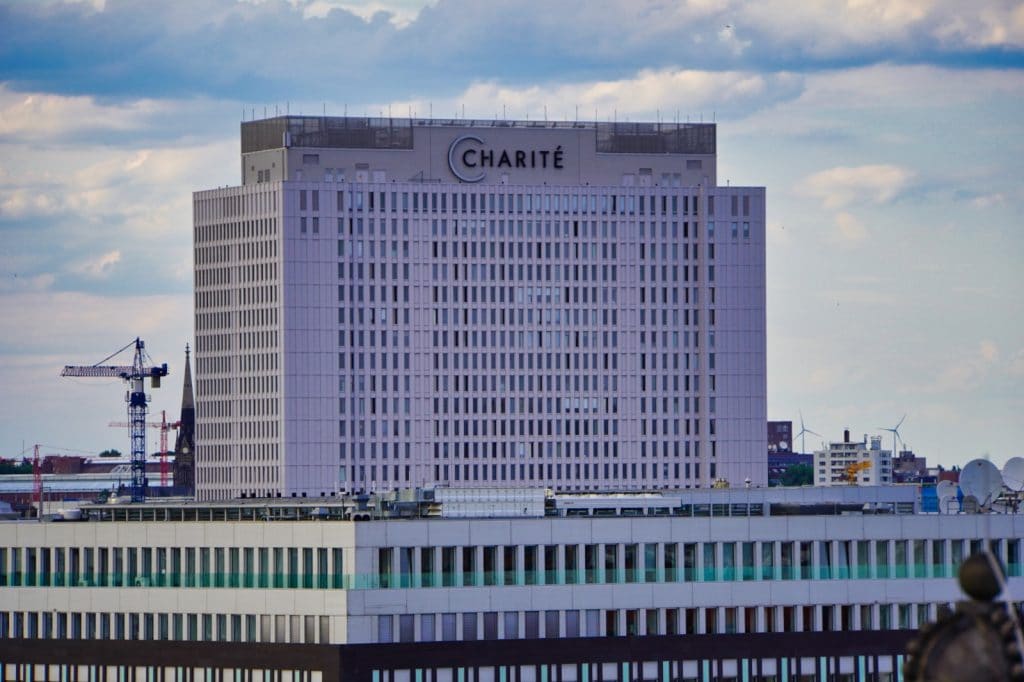

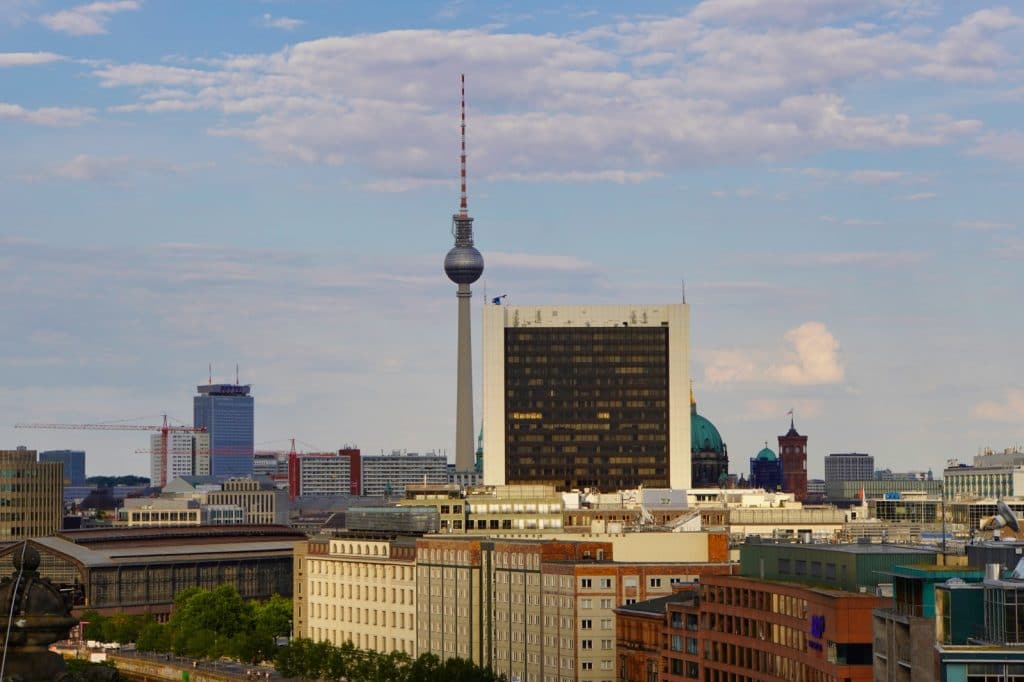


But you should not let your gaze wander only into the distance. I noticed for the first time on the roof of the Reichstag that three towers are flagged with the federal flag and one with the European flag.

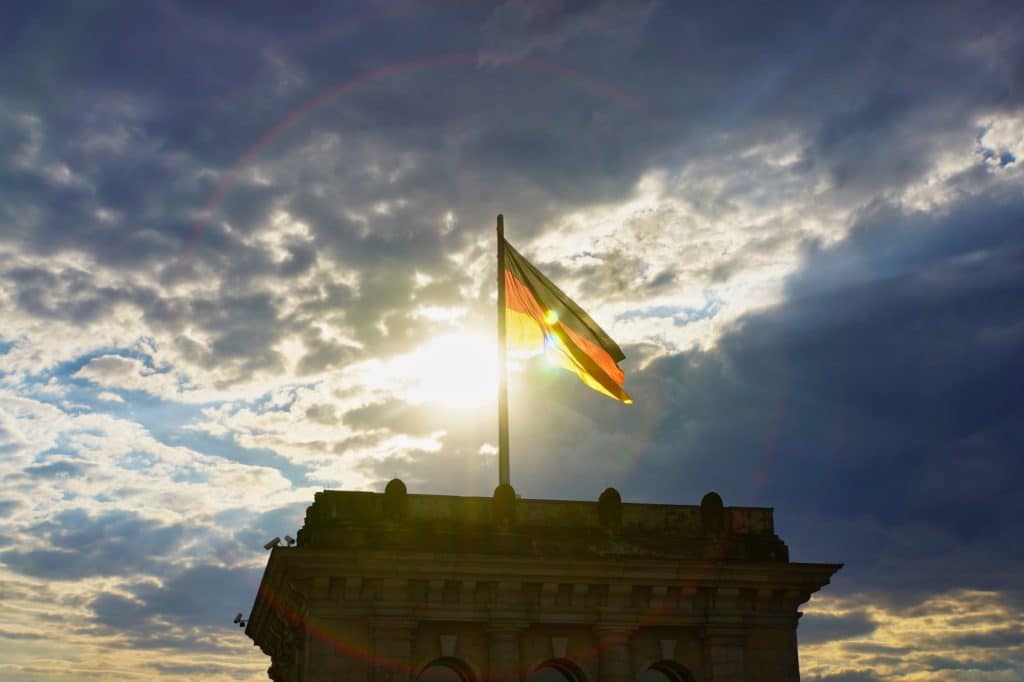
On the towers you can see some of the figures and other decorative elements that are otherwise difficult to see, and in the middle of the roof terrace you can see the courtyard of the Reichstag.
We had no time limit on our stay during our visit. However, I do not know if this is always the case or if there is a regulation at peak visiting time. In any case, it’s worth booking the free visit in advance so you really have a chance to get up there and enjoy the view.
Address:
Platz der Republik 1,
11011 Berlin









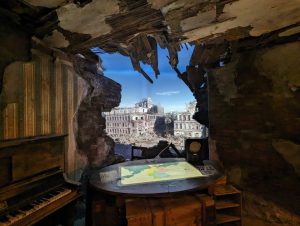






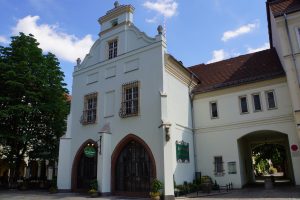

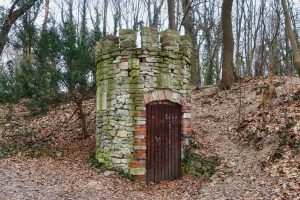

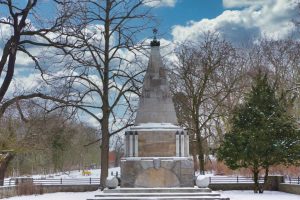










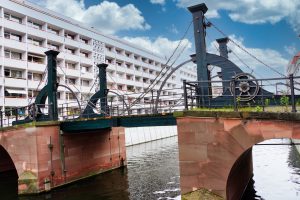
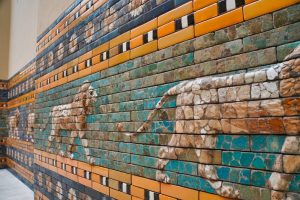



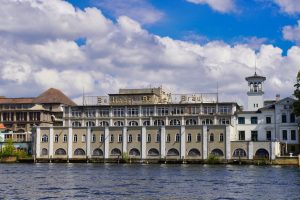








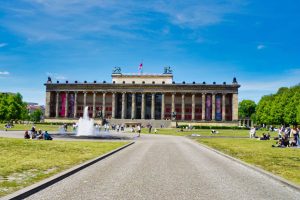





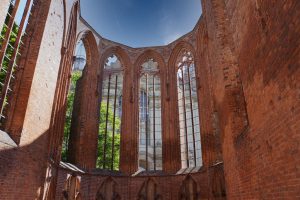

























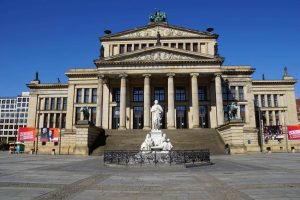







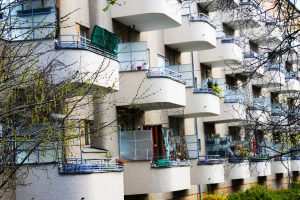










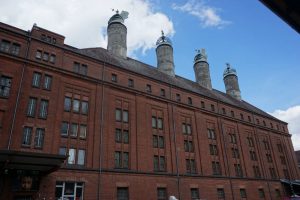





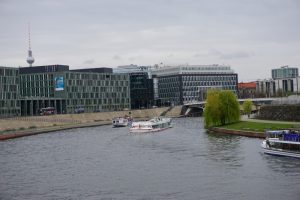









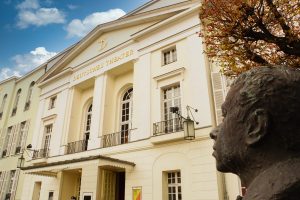


















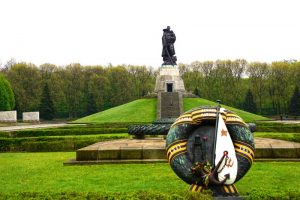














Leave a Reply